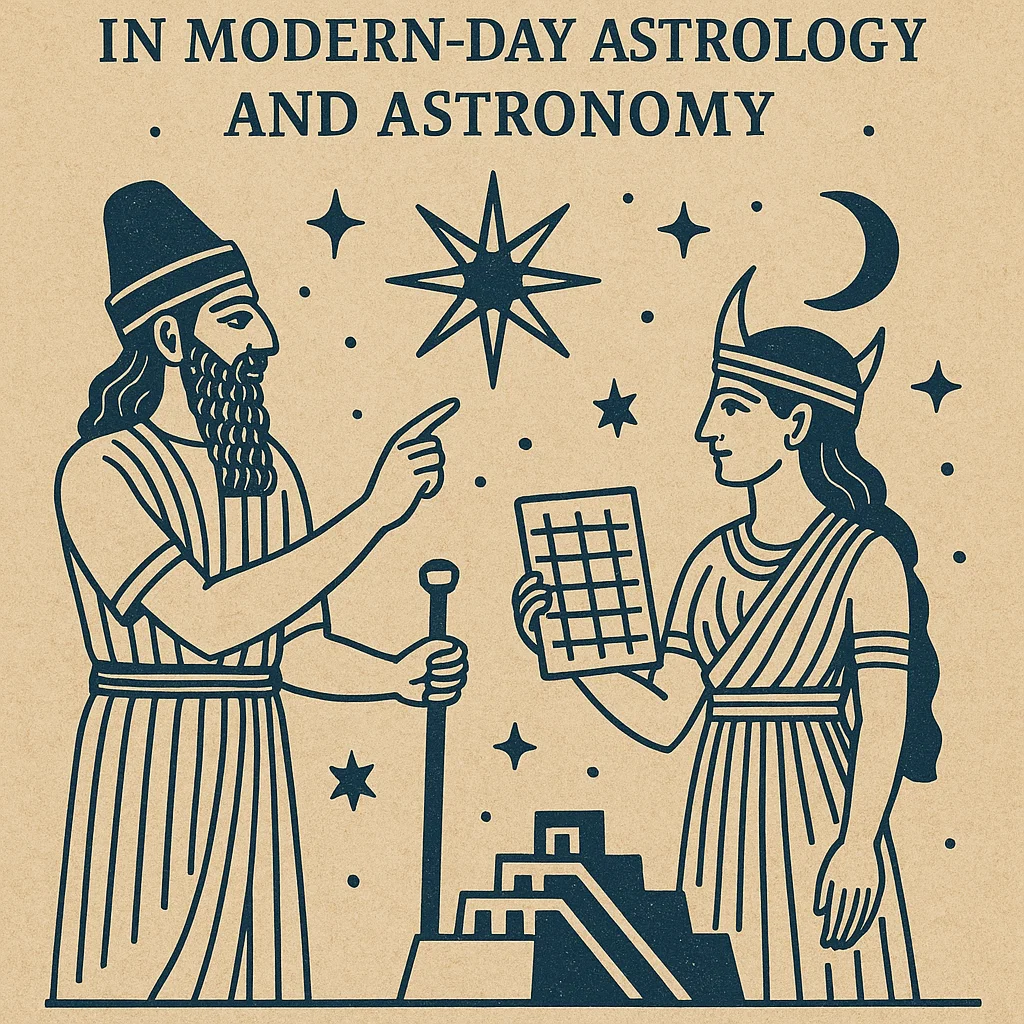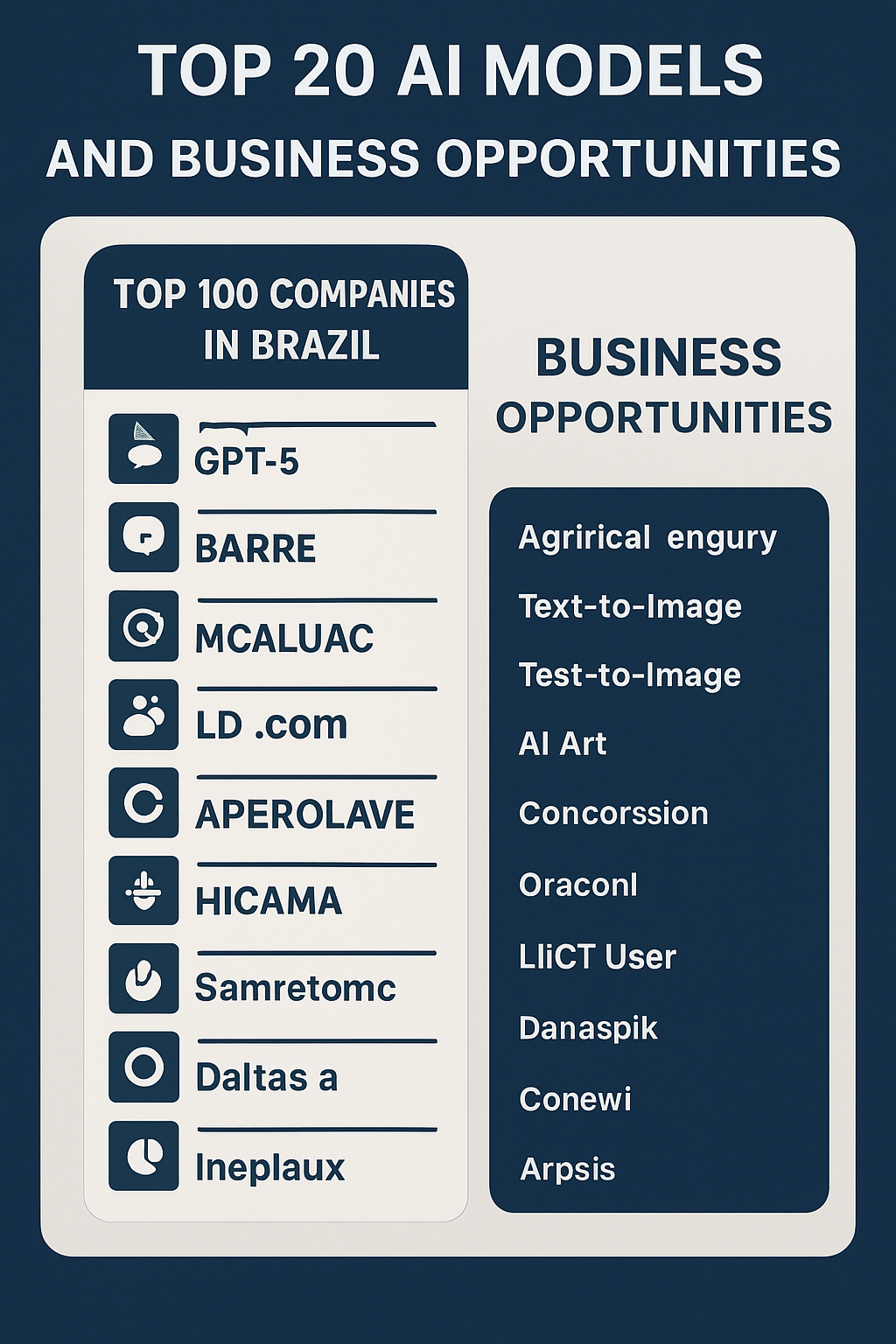The Impact of Ancient Egypt’s Social Structure on Its Political and Economic Systems
Introduction
Ancient Egypt, one of the earliest and most enduring civilizations, was defined by a highly stratified social structure that profoundly influenced its political and economic systems. The interplay between Egypt’s social hierarchy and its governance and economic practices shaped the development and stability of the civilization for thousands of years. This article explores how Ancient Egypt’s social structure impacted its political organization, economic practices, and overall societal dynamics, providing insights into one of history’s most complex and influential cultures.
The Social Hierarchy of Ancient Egypt
Ancient Egyptian society was organized into a rigid social hierarchy, with distinct classes that played specific roles in the governance and economy of the civilization. The structure was pyramid-shaped, with the Pharaoh at the top and various other classes arranged beneath.
- The Pharaoh:
- Supreme Authority: At the apex of Egyptian society was the Pharaoh, considered a divine ruler and a god-king. The Pharaoh wielded absolute power over both religious and secular affairs, serving as the intermediary between the gods and the people.
- Centralized Control: The Pharaoh’s role was central to Egypt’s political and economic systems. The Pharaoh’s decrees influenced every aspect of life, from land distribution to the allocation of resources, and played a crucial role in maintaining order and stability.
- The Nobility and High Officials:
- Viziers and Governors: Directly below the Pharaoh were the viziers and high-ranking officials, including provincial governors. These individuals were responsible for administering the various regions of Egypt, overseeing tax collection, and implementing the Pharaoh’s policies.
- Land Ownership: The nobility and high officials often owned large tracts of land and received substantial income from agricultural production. Their wealth and power allowed them to exert significant influence over political and economic matters.
- Priests and Religious Officials:
- Religious Authority: Priests and religious officials occupied a high social status due to their role in maintaining the favor of the gods. They controlled temple lands, which were significant sources of wealth and influence.
- Economic Role: Temples operated as major economic centers, managing agricultural lands and wealth. The priests played a crucial role in managing these resources, contributing to the overall economy.
- Artisans, Merchants, and Scribes:
- Skilled Labor: Artisans, merchants, and scribes formed the middle class of Egyptian society. They were essential for the functioning of the economy and the administration of the state.
- Economic Contributions: Artisans produced goods and crafts, merchants facilitated trade, and scribes maintained records and documents. Their work supported both local economies and the broader trade networks of Egypt.
- Farmers and Laborers:
- Agricultural Base: At the base of the social pyramid were farmers and laborers, who formed the majority of the population. They worked the land and provided the essential resources needed to sustain the civilization.
- Economic Role: The agricultural output of farmers was critical to Egypt’s economy, providing the food required for both the population and the elite. Laborers, including those who worked on monumental construction projects, contributed to the physical development of the empire.
Impact on Political Systems
The social structure of Ancient Egypt had a profound impact on its political organization and governance.
- Centralized Monarchy:
- Pharaoh’s Rule: The centralized power of the Pharaoh meant that all political authority stemmed from one supreme leader. This concentration of power helped maintain order and unity across the vast territory of Egypt.
- Administrative Efficiency: The hierarchical structure allowed for a clear chain of command, with viziers and officials implementing the Pharaoh’s directives. This system facilitated efficient governance and control over various regions.
- Bureaucratic Administration:
- Administrative Roles: High officials and scribes played critical roles in the administration of the state, from tax collection to legal matters. Their roles were crucial in the implementation of policies and the management of resources.
- Record-Keeping: Scribes were responsible for maintaining detailed records, including census data, tax records, and legal documents. This administrative function supported the smooth operation of the state.
- Religious and Political Integration:
- Divine Kingship: The integration of religious and political authority in the figure of the Pharaoh reinforced the divine nature of the monarchy. This connection between religion and politics helped consolidate the Pharaoh’s power and legitimize their rule.
- Temple Influence: The control of temple lands and resources by priests added another layer of political influence, as the religious elite had significant power over economic resources and regional affairs.

Impact on Economic Systems
The social structure of Ancient Egypt also significantly influenced its economic practices and organization.
- Agricultural Economy:
- Land Ownership: The Pharaoh, nobility, and temples controlled large tracts of agricultural land. This concentration of land ownership allowed for the efficient collection of taxes and the management of resources.
- Labor Systems: Farmers and laborers provided the workforce necessary for agricultural production and large-scale construction projects. Their labor was essential for maintaining the economic stability of the state.
- Redistribution of Resources:
- Centralized Control: The centralized control of resources allowed for the redistribution of goods and wealth. The Pharaoh and high officials could allocate resources as needed, ensuring that the state’s needs were met and maintaining social stability.
- Economic Surpluses: The collection of surpluses from agriculture and trade allowed the state to support monumental construction projects, including temples and pyramids, which reinforced the power of the Pharaoh and the state’s ideology.
- Trade and Commerce:
- Trade Networks: Egypt’s strategic location and social structure facilitated trade with neighboring regions, including Nubia, the Levant, and the Mediterranean. Merchants and traders played a key role in expanding Egypt’s economic influence.
- Economic Specialization: The division of labor among artisans, merchants, and scribes contributed to a diversified economy. Specialized production and trade helped Egypt acquire valuable goods and resources from other regions.
Conclusion
The social structure of Ancient Egypt was intricately linked to its political and economic systems. The hierarchical organization of society influenced the centralized nature of the monarchy, the efficiency of administrative functions, and the management of economic resources. By understanding the interplay between Egypt’s social hierarchy and its governance and economic practices, we gain insight into how one of the world’s most influential civilizations maintained stability and prosperity for millennia. The legacy of Ancient Egypt’s social structure continues to be a subject of fascination and study, highlighting the enduring impact of its complex and sophisticated society.









